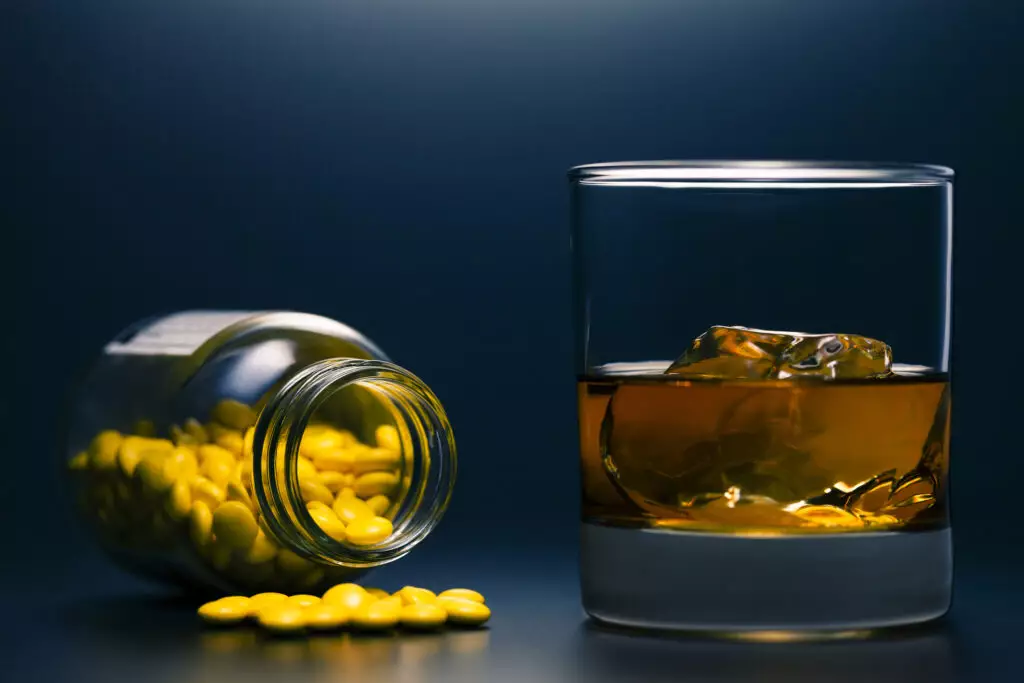When you have a family member who is abusing a substance to the detriment of themselves and others, it can be a truly chaotic situation, fraught with anger, frustration, depression, and many related emotions. However, when more than one substance is being abused, the situation can be that much more difficult to navigate. In some cases, this may involve adding a street or prescription drug to an existing alcohol addiction. In others, the use of illegally-obtained medications may lead to exposure to multiple medications, such as fentanyl content in what was assumed to be Vicodin due to intentional addition to increase addictive factors or accidental incorporation from poor quality control during manufacture.
No matter what has caused you or your loved one to abuse multiple substances, this situation can lead to significant problems during recovery. Termedpolysubstance dependenceor abuse, this type of addiction can be more difficult to recover from and many take more time, but there is still great hope for recovery. Going through detox for this condition is possible, but all substances that are being abused must be approached carefully and logically to prevent a relapse. In this article, we’ll get into whatpolysubstance dependenceis, how to recognize the signs ofpolysubstance abuse, and the possible causes of this mental health condition.
What IsPolysubstance Abuse- Signs & Causes
According to the Centers for Disease Control and Prevention,polysubstance dependenceis defined as the use of two addictive substances at the same time. This type of abuse can be intentional, such as taking one drug to enhance the effect of another drug in the case of MDMA and alcohol, or unintentional, such as cross-contamination or cutting of one drug with another that the user is not aware of. In either situation, mixing drugs can be dangerous, leading to an amplification effect, overdose, or death.
Signs ofPolysubstance Abuse
Some of the signs of polysubstance addiction can include feeling the need to take multiple substances at once to get the desired effect, the ineffectiveness of single medications or drugs after a period of usage, loss of interest in activities that used to bring you pleasure or enjoyment, having to miss work or school due to feeling sick following the use of multiple substances, and similar symptoms. Other changes can include mood swings, acting secretively, sudden changes in available cash flow with no discernable reason, physical symptoms of withdrawal such as sweating, nausea, diarrhea, and hallucinations.
If you or your loved one are suffering from any of these symptoms, it’s important to get help right away. The longer you wait to get treatment, the more difficult it will be to break a polysubstance habit. Fortunately, studies have made it possible to treatpolysubstance abusemore effectively, including medication to ease the symptoms of withdrawal, better understanding of addiction behaviors to help reduce the chance of relapse, and therapies that help you get to the root of the cause of your addiction, makingpolysubstance dependencerecovery easier.
Causes ofPolysubstance Abuse
One of the strongest links to causes ofpolysubstance abuseis the use of opioid medications. A recent study in Vancouver found that among individuals undergoing medical detoxification, those who were undergoing treatment for opioid-based addiction were much more likely to have to be admitted to additional addiction services in the future, due to the highly addictive nature of this type of drug. Because these medications are so commonly prescribed, they are also often used with other medications, drugs, or alcohol. When medications are stopped by providers and the patient is still in pain, the patient may seek out the same drug on the street, which can lead to exposure to other drugs, whether intentional or unintentional.
One potential cause of continuedpolysubstance abuseis a lack of medication being prescribed for opioid use disorder for polysubstance abusers, as cited in a recent Journal of Addiction Medicine article. Becausepolysubstance abusepatients are less frequently prescribed medication such as methadone or buprenorphine, it’s much more common for them to turn back to the drugs that started their addiction. By offering these medications to polysubstance addicts, the patient can then focus on recovery, rather than how they feel physically due to withdrawal, and move forward into recovery.
How to Get Help
By understanding the causes and signs ofpolysubstance abuse, you can better recognize situations in which this could become an issue for yourself or a loved one. If you have concerns about yourself or a loved one who may be suffering from this condition, reach out to speak to an admissions counselor today to learn more about treatment options that can protect your life. Contact 1st Step Behavioral Health or call at (855) 425-4846 to learn more about how we can help you. Speak to an admissions counselor to get started.
Jump to a Section
Call (855) 425-4846
